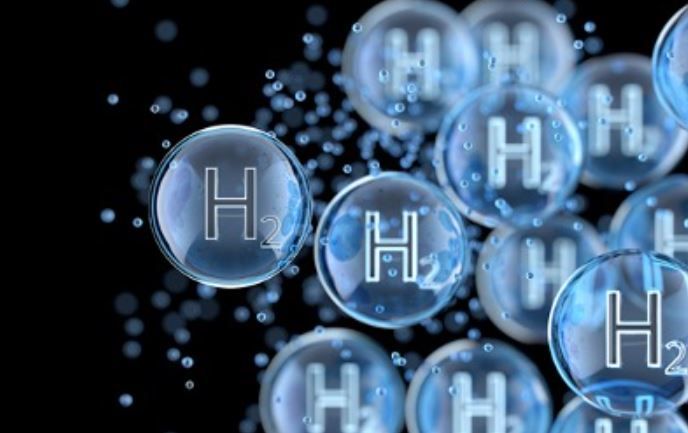Storengy, a subsidiary of Engie responsible for managing 75% of France’s underground gas storage capacity, has embarked on a groundbreaking initiative to transform its facilities for hydrogen storage.
Storengy operates four sites in salt cavities—Hauterives, Tersanne (Drôme), Manosque (Alpes-de-Haute-Provence), and Etrez (Ain). These locations, with a combined capacity of 12 terawatt hours, provide a substantial portion of the 100 TWh managed by Storengy. The conversion plan aligns with the company’s vision to contribute to hydrogen storage needs, supporting industrial customers and offering stability to the electricity network.
Storengy envisions its hydrogen storage facilities as supportive infrastructure for industrial projects. Even during electricity network tensions that might necessitate halting electrolyzers, the stored hydrogen can continue to serve industrial customers. This forward-looking strategy aligns with the broader goal of ensuring uninterrupted support for green energy initiatives.
As a proactive step, Storengy is expanding its Etrez site, recently authorized by the Energy Regulatory Commission. This expansion will increase the current storage capacity in salt caverns by 10%, adding 1.6 TWh to its storage capabilities. The investment aims to address the growing demand for hydrogen storage and pave the way for further expansion.
Storengy has inaugurated the HyPSTER project at the Etrez site, focusing on safely storing hydrogen in salt caverns. The project involves test phases with hydrogen pressure variation cycles, emphasizing safety considerations for the highly flammable and reactive nature of hydrogen. The innovative project mobilizes €15.5 million in investments and positions Storengy as a pioneer in underground hydrogen storage in the European Union.
Storengy foresees a future where all its storage facilities will exclusively accommodate renewable gases, including hydrogen and biomethane. While currently storing a small proportion of biogas (around 5%), the company aims for a complete transition to renewable gases by 2050. This commitment aligns with global efforts toward decarbonization, energy independence, and ensuring a secure supply.
